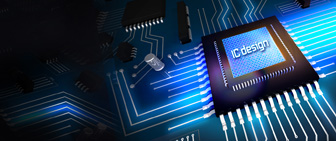Etron Technology founder Nicky Lu says the boom in AI is accelerating semiconductor innovation and restoring the momentum of Moore's Law, even as a global memory shortage threatens to persist through the first half of 2027. Speaking in Taipei as the industry closes a record-breaking year, Lu noted that the demand for high bandwidth and customized memory architectures is forcing a structural shift in how chips are designed and manufactured.
Rising memory prices are prompting end customers to procure notebooks early, a shift that is expected to keep shipments steadier than usual during the traditionally weak first half of 2026, even as brands are set to raise their end notebook prices to reflect the increasing costs, according to sources from the notebook supply chain.

